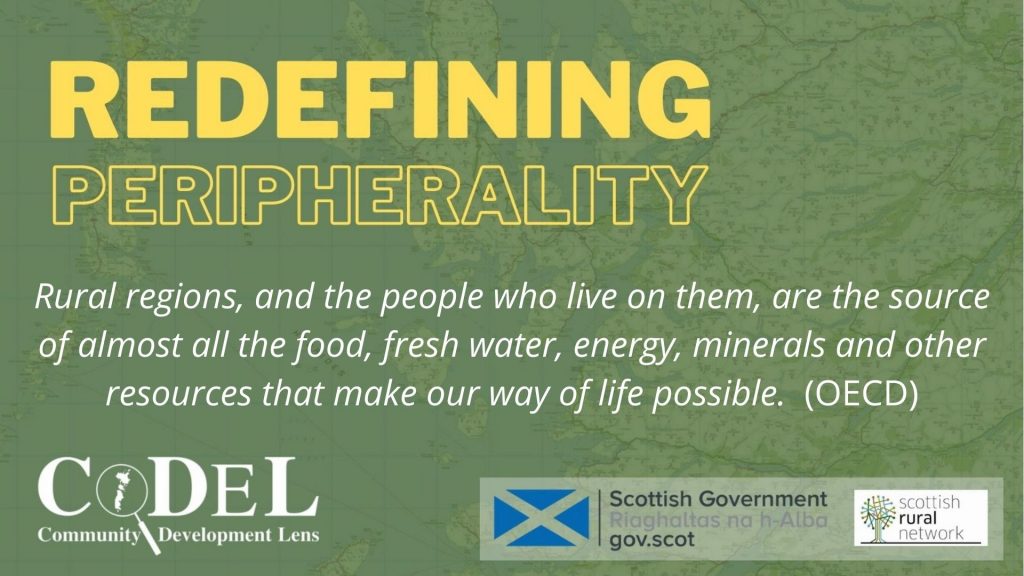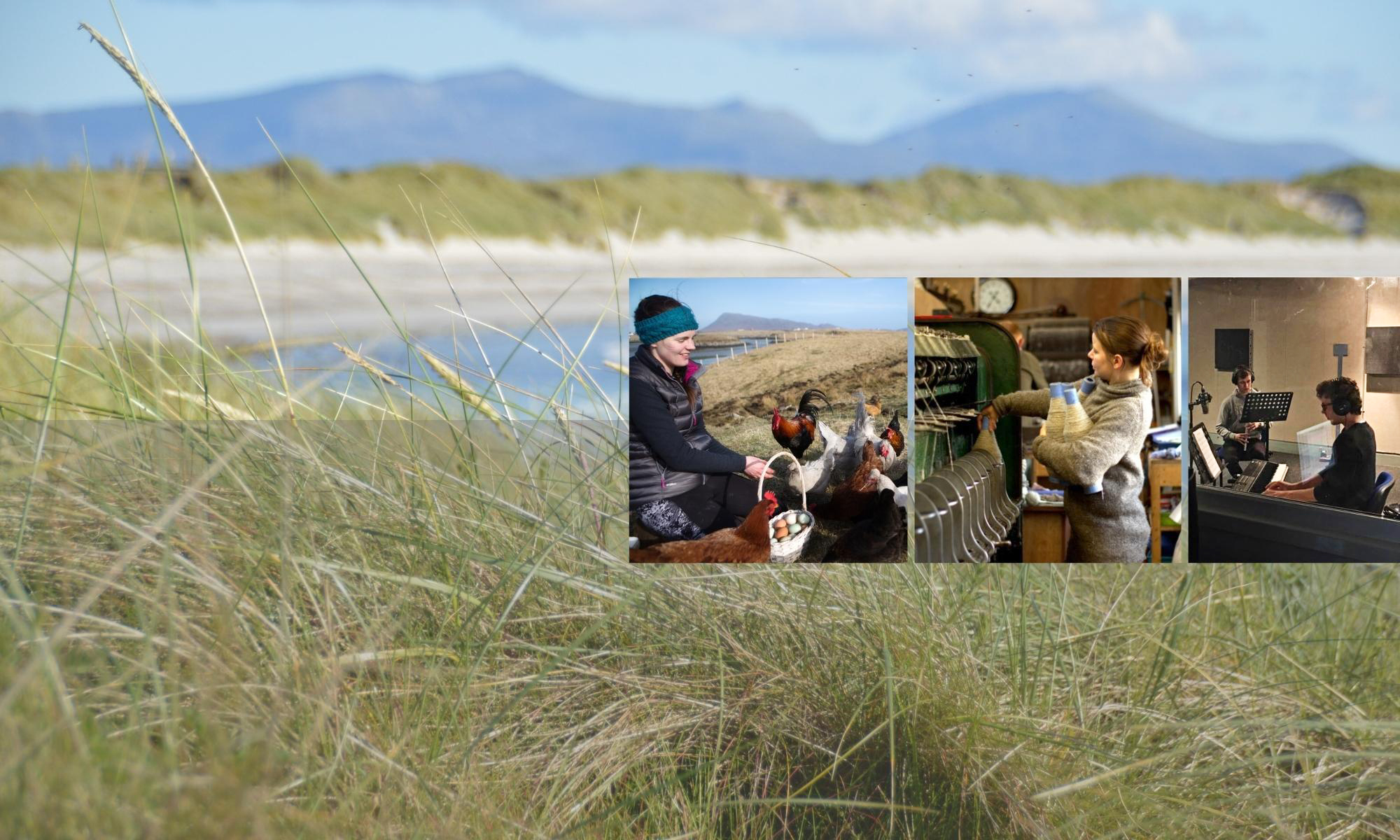Part 1 of 3 for this week’s post

In all CoDeL’s work, we take an asset or strengths based approach, building on the assets and strengths that communities and individuals have, rather than always starting with what they don’t have. In reflecting on island and rural communities, the extent of their assets are truly remarkable.
The OECD say rural regions account for approximately 80 percent of the territory and are home to 30 percent of the population. These lands, and the people who live on them, are the source of almost all the food, fresh water, energy, minerals and other resources that make our way of life possible. Many rural regions are rich in natural resources, contain great environmental biodiversity, are important tourism locations and are home to a rich variety of indigenous traditions and cultures. Rural places are, in short, vital to the prosperity and well-being of all people and our society.
In Scotland, 98% of the land mass, including almost 100 inhabited islands, is rural with just 17% of Scotland’s population. As we focus on how we will tackle the climate emergency, rurality comes centre stage because it is the rural areas which will have to feed, power and manage the lands in a more volatile climate (see here).
With such a wealth of assets, why is it that island and rural communities aren’t flourishing across the board? This paradox is at the heart of the powerful centre-periphery framework for viewing and organising society, which enables the centre to extract resources and value from ‘peripheral’ areas. The most obvious adverse impacts of these structures are in natural resources. For example,
LAND: 67% of land in Scotland is privately owned by just 0.025% of the population, who may not even live in Scotland.
RENEWABLE ENERGY: Although the Highlands and Islands region in Scotland exports 227% more clean, green electricity to the National Grid than it requires to meet its own internal demand requirements, consumers are still charged the highest unit price in the UK because of the outdated and very unfair way that the region’s distribution and environmental-impact costs are still calculated. This means that, in spite of all the energy generation, the region has by far the highest levels of fuel poverty and extreme fuel poverty (a third of all households) in Scotland and the UK (chng.it/k2rB2qDS)
MINERALS: Many indigenous lands across the world are rich in minerals, but indigenous communities often don’t see the benefits of that. The latest example to hit the indigenous Sami people in northern Scandinavia (best known internationally for their reindeer herding, although they engage in a wide variety of livelihoods) is another iron-ore mine in an area where Sami communities have lived for thousands of years. The Sami parliament, the representative body for indigenous people in Sweden (there are parliaments in Norway and Finland also, all linked within a Parliamentary Council), has written to the Swedish government warning that the mine will destroy grazing areas and cut off the only viable migratory route for reindeer followed by the Jåhkågasska Sami community.
There are many examples also of MORE INTANGIBLE ASSETS. Island and rural communities are all too familiar with repeated RESEARCH conducted on us by outsiders, tapping into our experience, expertise and knowledge, and even the way we understand ourselves, which is then processed and framed by those external researchers who position themselves as the experts, attracting significant resources in the process!
Last year a partnership of internationally-connected Scottish rural and island social enterprises articulated the need “to develop alternatives to current ‘extractive’ models of knowledge creation about our communities, our vital social and community enterprises and wider economies. Community owned and curated knowledge, built on the best global participative approaches and with young people at its core, is, we believe, key to realising the transformational potential within our communities. … we will seed and accelerate activities across rural Scotland that will see community ownership of knowledge have an equivalent impact to community ownership of land and housing.”
And significant debate around Gaelic language and culture has once again broken out, in recent issues of the Scottish Affairs journal and within the regional West Highland Free Press. Have the significant funds allocated by the Scottish Government for Gaelic development primarily been invested in ‘aspirations and assertions of individuals in relation to a peripheral practice of a marginal culture’, rather than in communities and places where Gaelic is still the vernacular language? Has the allocation of funds been invested in and influenced too much by institutions in the central belt of Scotland, and not sufficiently within the Gaelic heartlands themselves?
This applies particularly to the Outer Hebrides where most of the only remaining vernacular Gaelic communities still survive, but whose survival is under significant threat. It is ironic that my children who have grown up here in the Outer Hebrides have less opportunities for secondary education in Gaelic medium than their friends in Glasgow who are deeply committed to Gaelic but have no roots in a Gaelic vernacular community.
In summary, the wealth of assets in so-called peripheral areas are often appropriated by those at the centre, whether land, energy and resources, knowledge, language and culture. In parts 2 and 3 of this week’s blog post we will reflect on Gaelic culture and history, on indigenous peoples and on reversing current centre-periphery structures.

